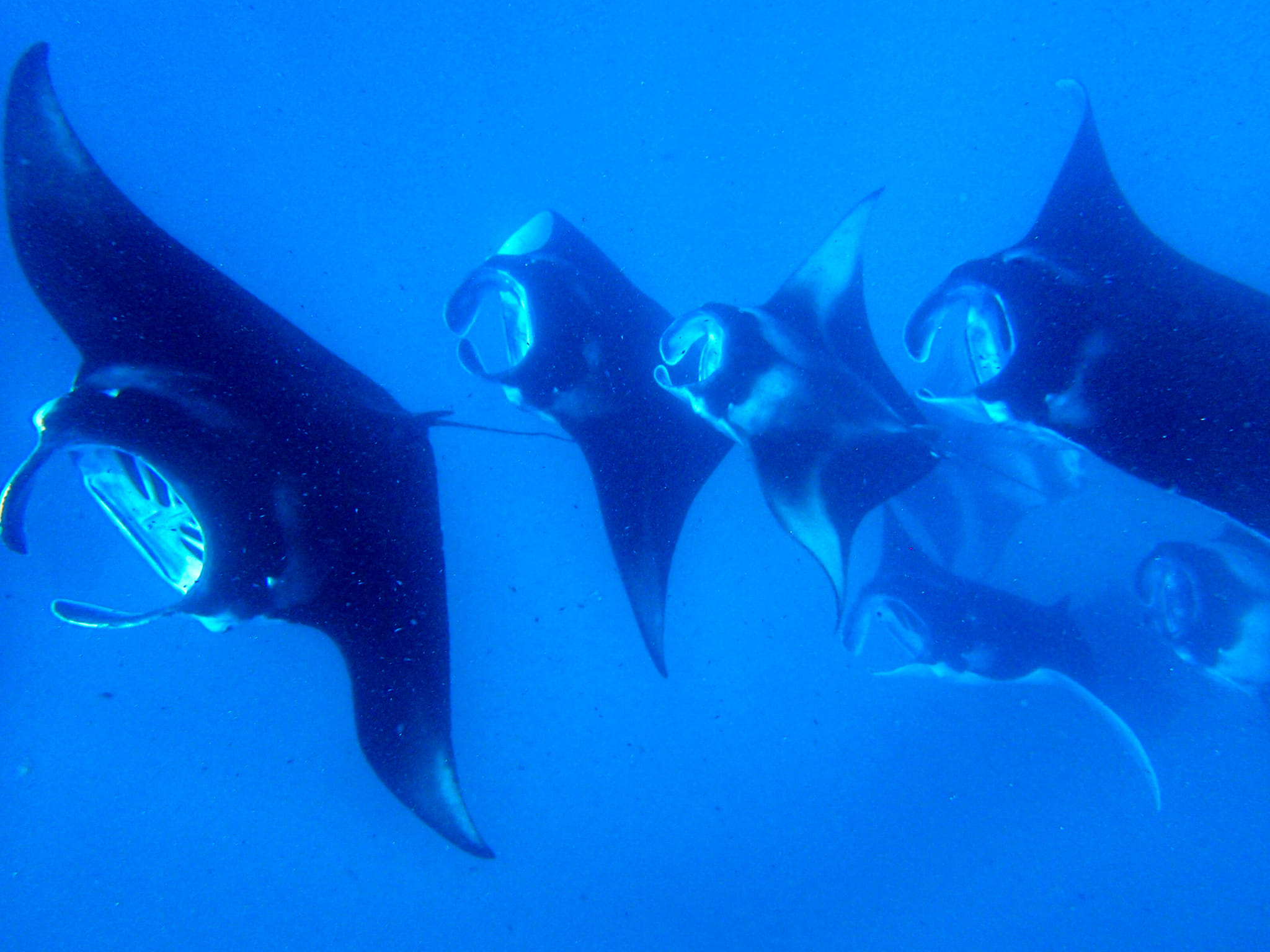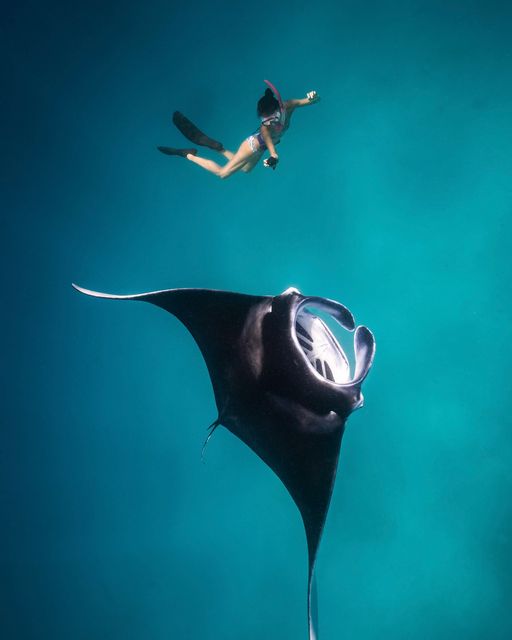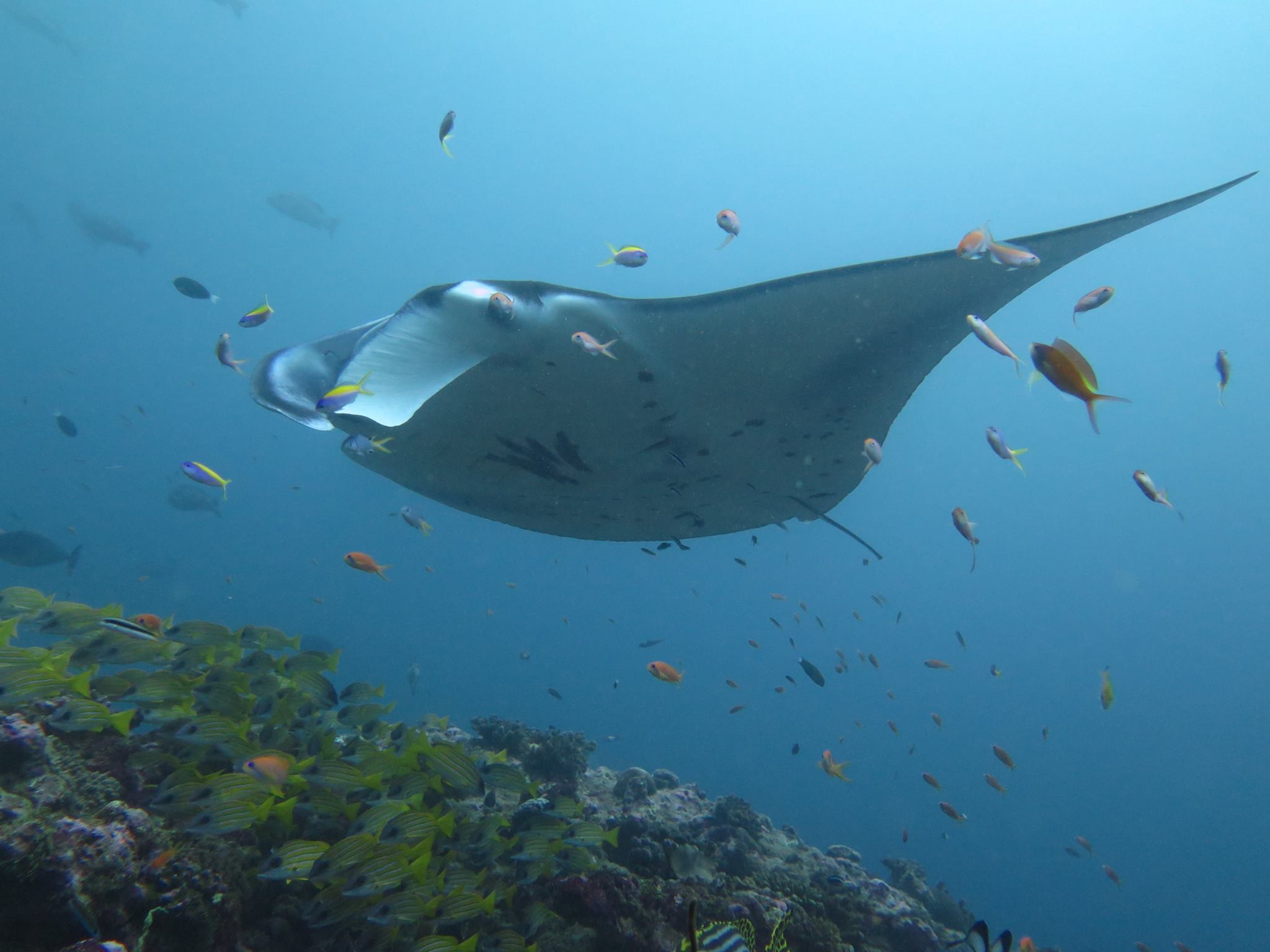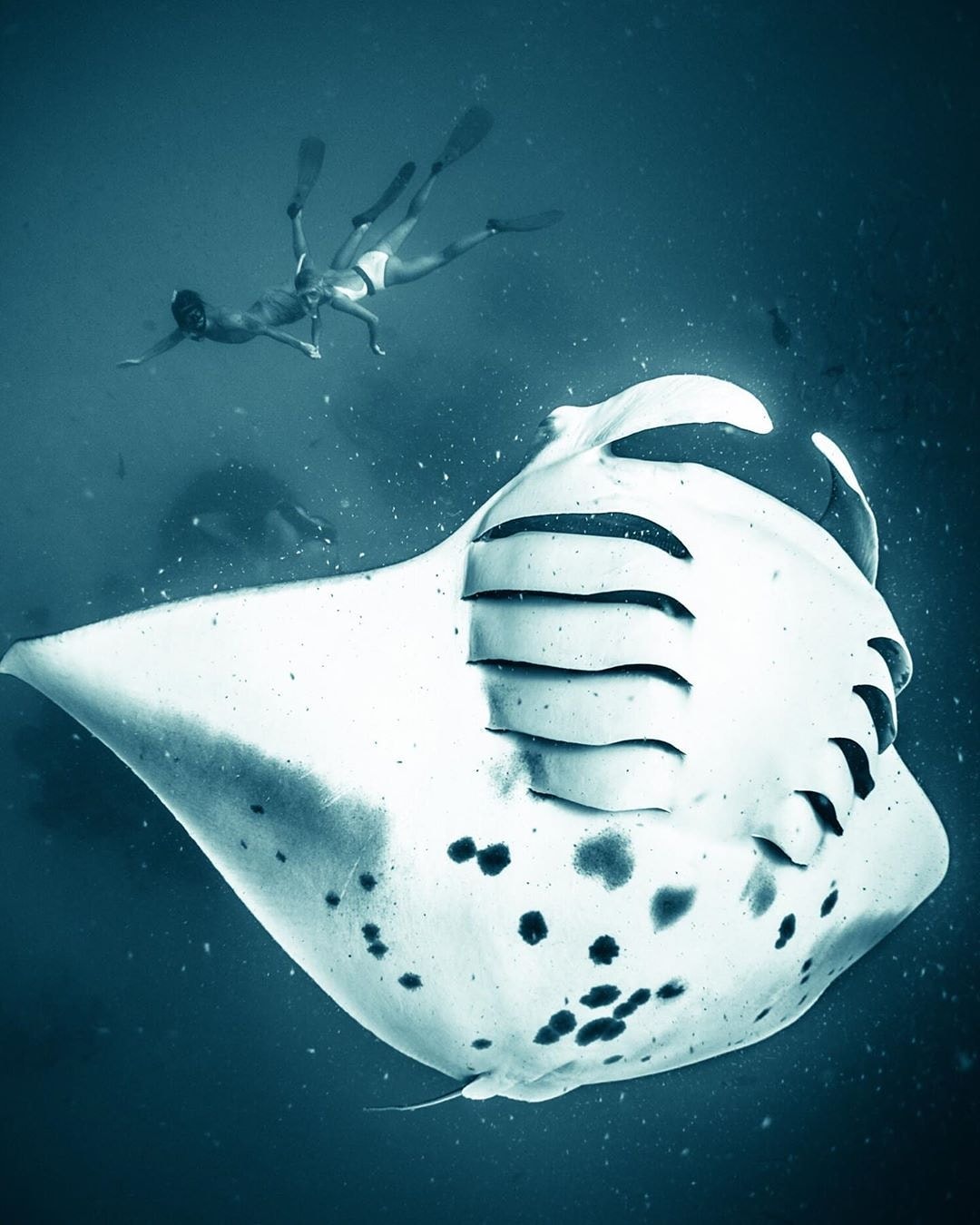Discover the Majestic Manta Rays of the Maldives: Your Ultimate Guide to Swimming with These Gentle Giants

Introduction
The Maldives, known for its stunning beaches and crystal-clear waters, is also home to one of the ocean’s most graceful creatures: the manta ray. These magnificent animals, often referred to as “gentle giants,” attract divers and snorkelers from around the world. This guide will provide you with everything you need to know about manta rays in the Maldives, including where to find them, the best times to visit, and how to interact with these awe-inspiring creatures responsibly.
What Are Manta Rays?
Manta rays are large, flat-bodied fish that belong to the family Mobulidae. They can reach wingspans of up to 29 feet (8.8 meters) and can weigh over 1,300 pounds (600 kg). Known for their acrobatic displays, manta rays can often be seen leaping out of the water and performing flips. These filter feeders primarily consume plankton and small fish, making them harmless to humans.
Where to Find Manta Rays in the Maldives
Top Manta Ray Spots
Hanifaru Bay: This UNESCO Biosphere Reserve is one of the best places in the Maldives to see manta rays. The bay is known for its seasonal feeding aggregations, where dozens of manta rays gather to feast on plankton.
Maafushi Island: Located near the capital, Male, Maafushi offers excellent opportunities for snorkeling and diving with manta rays, especially during the peak season.
Baa Atoll: This atoll is renowned for its rich marine life, including a significant population of manta rays. Visit during the right season, and you may encounter them in large numbers.
Best Times to Visit
The manta ray season in the Maldives typically runs from May to November, with peak sightings occurring between June and September. During these months, the waters are rich in plankton, attracting large schools of manta rays to feed.

How to Swim with Manta Rays Responsibly
Guidelines for Safe Interaction
Choose Eco-Friendly Tours: Opt for responsible tour operators that prioritize the well-being of marine life and adhere to sustainable practices.

Maintain Distance: Keep a respectful distance from manta rays. Avoid touching or chasing them, as this can cause stress and disrupt their natural behavior.
Use Reef-Safe Sunscreen: Protect the delicate marine ecosystem by using eco-friendly sunscreen that doesn’t harm coral reefs and marine life.
Conclusion
Swimming with manta rays in the Maldives is a once-in-a-lifetime experience that should be on every traveler’s bucket list. By following responsible interaction guidelines and choosing the right locations, you can enjoy these magnificent creatures while helping to protect their natural habitat. Whether you’re an experienced diver or a first-time snorkeler, the Maldives offers unforgettable opportunities to connect with these gentle giants of the sea.

FAQs About Manta Rays in the Maldives
1. Are manta rays dangerous to humans?
No, manta rays are not dangerous to humans. They are gentle creatures that feed on plankton and pose no threat.
2. Can I see manta rays year-round in the Maldives?
Manta rays are most commonly seen from May to November, with peak sightings between June and September.
3. What should I wear when swimming with manta rays?
Wear a swimsuit, a rash guard for sun protection, and reef-safe sunscreen. Fins and a snorkel mask are essential for snorkeling.
- News & Updates
- Travel Destinations
- Maldivian Tourism
- Lifestyle
- Personal Stories & Experiences
- Sports
- Water Sports & Adventure
- Accommodation & Stays
- Outdoor Activities
- Local Culture & Heritage
- Spa & Wellness
- Transportation
- Другое
- Fishes and Marine Species
- Истории
- Health & Wellness
- Recipe
- Life Lessons



